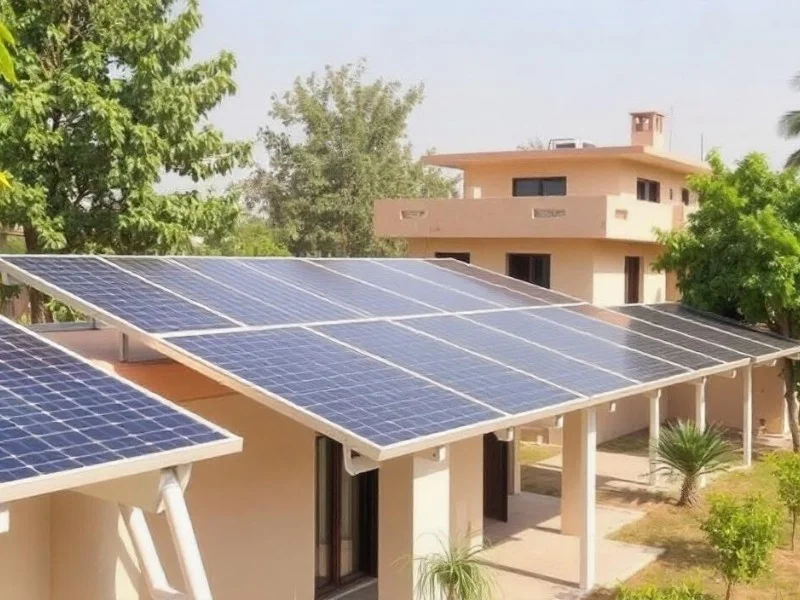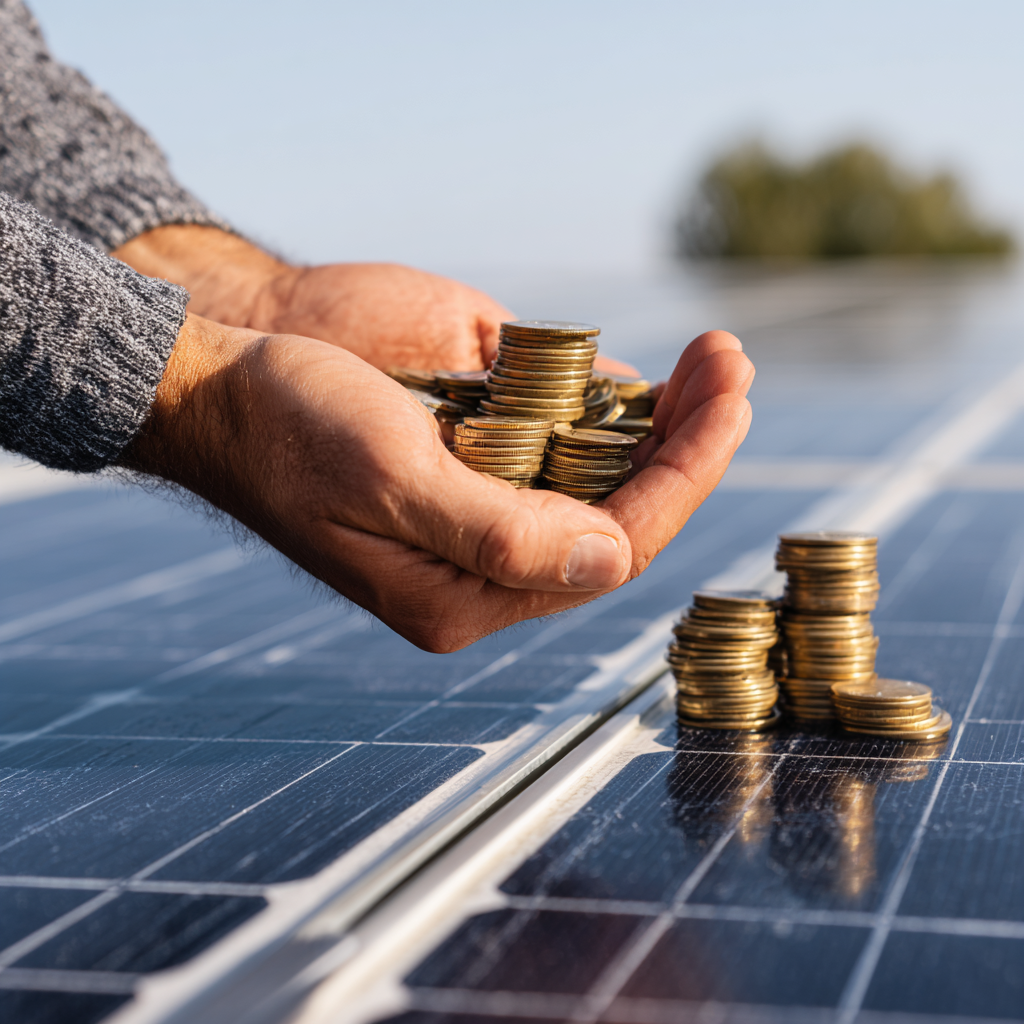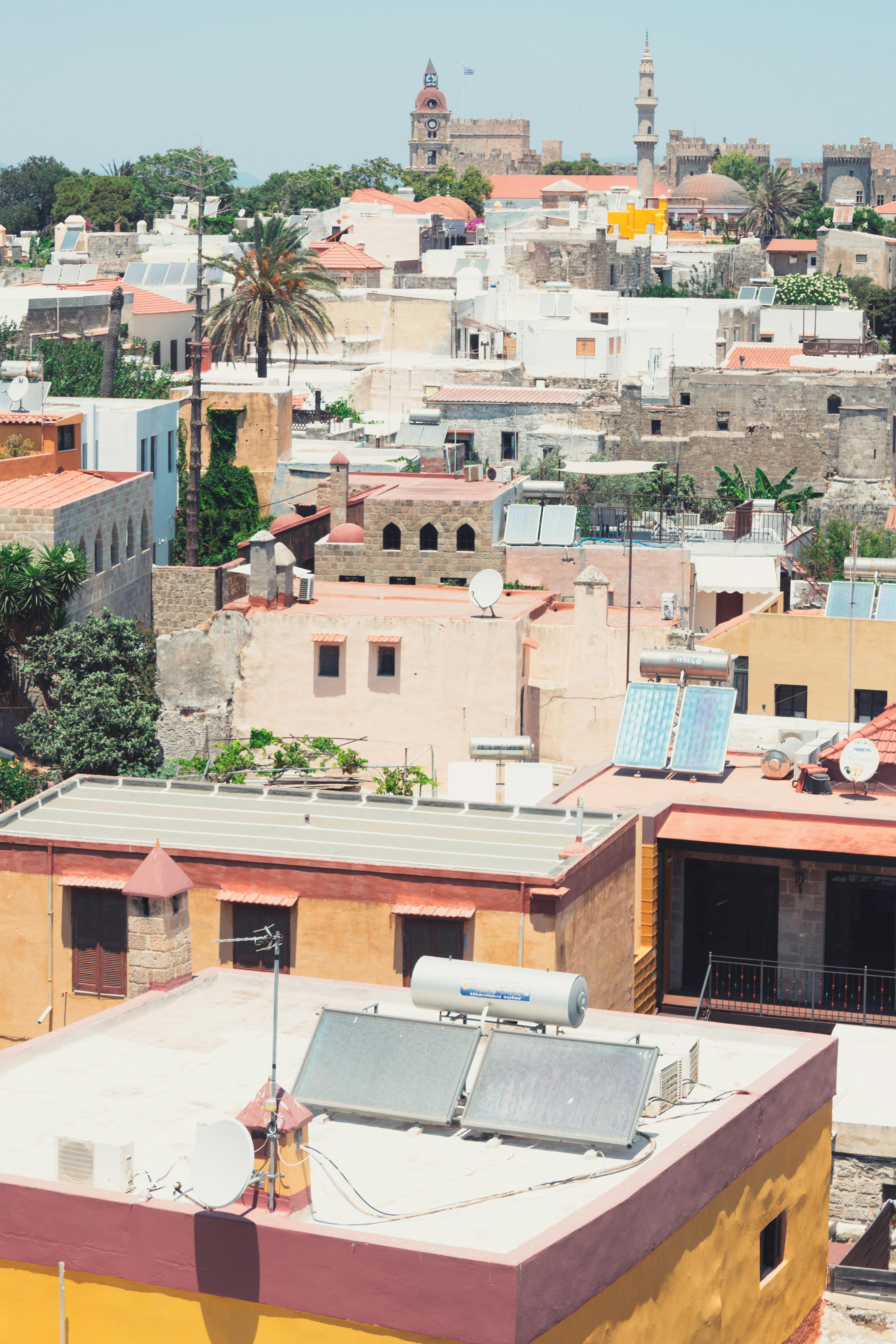Introduction
Has it ever happened that you drive your friend’s car and compliment her for the car’s smooth drive? And she tells you it is a 10-year-old car and you couldn’t wrap up your mind because itis in such great condition? You might have seen people using appliances or cars or machines for years and they still work perfectly fine.
One of the reasons is of course the build and make of the machine, the manufacturer built it to last long, but that is not sufficient. It takes regular upkeep and maintenance to increase its life. Just like you take your car for regular maintenance and address issues promptly, solar plants that are designed to last 25 years can actually exceed 30 years if they are well maintained.
Monitoring
First, we will understand monitoring and then move to Maintenance. The reason being monitoring is like the pre-requisite to a subject or a topic you are studying. If monitoring is performed well, maintenance becomes much easier and more efficient.
Let’s dive in to understand how monitoring is performed in the case of rooftop solar plants.
Monitoring the plant is required to predict and identify future faults and issues so that preventive maintenance can be carried out. It is like the indication light in your car telling you to replace engine oil. Similarly, when you monitor your solar power plant through the remote monitoring system on your phone or laptop, it provides indications for any minor faults and alerts that may cause a bigger issue in the future.
Some of the parameters that are usually tracked through the remote monitoring system include Voltage, Current, Power and Energy on AC and DC sides, Frequency, Power Factor, Inverter Status, ambient temperature, solar panel temperature, Solar Irradiation etc. These parameters define the health of the solar plant and thereby any unwanted deviation in these parameters indicates some kind of error or fault.
Let us understand this through some examples.
For instance, if a specific string of solar panels is underperforming despite regular cleaning and no shading issues, it may indicate that
- One or more solar panels in the string are physically damaged.
- Damage to the junction box of any module
- Issues with the DC cable.
In such cases, the technician can visit the plant area to inspect the affected string and troubleshoot the problem. The monitoring system can identify the specific string, allowing the technician to directly address the issue without having to search through the entire plant.
Once the problem is resolved, it is important to ensure that no panels in the string have sustained damage, as this could help prevent hotspots, damaged DC cables, or junction box failures that could lead to fires. Therefore, monitoring is critical not only for avoiding unnecessary costs and hazards but also for making fault troubleshooting faster and easier.
The below table gives a glimpse of various faults, their causes, and their long-term impact on the rooftop solar plant.
Advantages/Features
An ideal remote monitoring system sends alerts via SMS, email, or app notifications in the event of any faults. These alerts can be customized according to the level of urgency that needs to be addressed. By providing this information instantly, the system allows you to save significant amounts of money that would otherwise be spent on unwanted maintenance and ensure that your system operates successfully throughout its lifetime.
- Downtime Reduction: When issues/faults are detected timely or early on, it helps to address the fault immediately thereby minimizing downtime and maximizing solar energy production.
- Performance Tracker: The Remote Monitoring system also tells you if your solar PV system is performing at par with the benchmark performance. Thereby help you track if your ROI and payback period. This can be identified through daily or monthly reports, and you can contact your EPC installer or AMC provider in case of major anomalies.
- Improved performance: When faults are detected timely, it helps in improving the overall performance of the plant. Say, regular cleaning of panels that cleans of the dust and dirt improves the performance of the solar panels.
- Save on unprecedented repair costs: Theearly identification of defects or anomalies prevents minor issues from turning into major hazards, resulting in reduced repair and replacement costs.
- Understanding the weather and performance: Integrating a remote monitoring system with weather sensors, such as temperature and irradiation sensors, enhances performance analysis. For instance, if the performance of a solar plant on a specific day is lower than predicted, readings from the irradiation sensor can determine whether the irradiation levels were adequate to achieve the expected output. This insight allows you to conclude that no action is necessary, as the decreased generation on that day was due to weather conditions rather than a malfunction.
Now since we discussed the benefits and significance of monitoring, let us figure out the maintenance of a rooftop solar power plant
Maintenance
As monitoring has provided us with the status of the health of the solar plant, it becomes easier to schedule and streamline maintenance. Maintenance can be broadly classified into two main categories i.e. Scheduled Maintenance and Unscheduled Maintenance.
- Scheduled Maintenance: It is planned in advance and based on routine maintenance, and repair and prevents faults from occurring. Scheduled Maintenance is done on a periodic basis determined by your EPC company or AMC contractor. Scheduled maintenance can sometimes be also called preventive maintenance as it can help detect/identify and troubleshoot minor issues preventing them from turning into major ones.
- Unscheduled maintenance, or breakdown maintenance: It deals with fixing system and component failures after they happen. The focus is on diagnosing the issue, repair time, and how quickly you can respond. It is always recommended to request an emergency contact and additional escalation contact from your EPC company or AMC contractor to ensure that issues are resolved as quickly as possible.
- Non-Technical maintenance: Dust, dirt deposition and bird poop can be common in most parts. Dust deposition leads to reduced generation from the rooftop solar plant; hence it is extremely important to regularly clean the solar panels. Cleaning of the solar panels can be done either via dry cleaning or using water depending on the amount of dust deposited.
Depending on the dust situation in the area, your EPC/AMC contractor will suggest the cleaning frequency. It can be bi-monthly or monthly depending on the smoke, and dust in the area. Also, it is to be noted that, cleaning the panels as per the cycle will make the cleaning easier as well, as the dust will not stick to the panel, if the dust sticks to the panel, then the cleaning gets tough, and we cannot use any abrasive agents to clean the solar panel and cause any micro-cracks. It is recommended to clean the solar panels either early morning or around sunset so that there is no generation or any accident due to thermal shock loss due to the cleaning activity.
For all the technical repairs or inspections, it is always advised to only get it done through a certified technician. Moreover, it is also recommended to check with your EPC contractor on the spares that can be provided in order to ensure faster troubleshooting and repair. Here is a list of some inspection activities that need to be carried out for a rooftop solar plant.
Regular maintenance is essential for extending the lifespan of a solar plant. Additionally, by identifying faults early through regular maintenance, you can reduce repair costs. It is always advisable to sign an Annual Maintenance Contract (AMC) with your EPC contractor or a trusted vendor that manages solar plants. This will help ensure that your solar plant lasts for more than 25 years

.webp)
.webp)
.webp)


.jpg)







.jpg)





.jpeg)











.jpg)


.png)
.png)
.png)
.png)
.png)
.png)


.png)


.jpg)
